In hair transplantation, there are various methods of planting hair follicles. The two primary approaches are the "stick and place" method and the "slit" method. The slit method involves creating small incisions in the scalp and placing hair follicles in those incisions. Today, we'll explore the different types of slit techniques and their respective advantages and disadvantages.
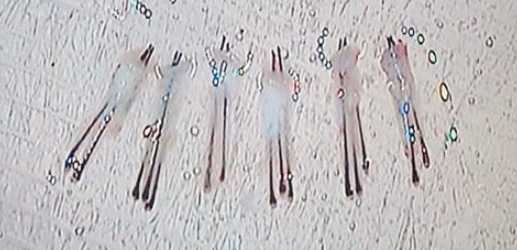
follicles
Types of Slit Techniques
Hair transplantation using the slit technique can be further categorized based on the tools used to insert the hair follicles into the incisions. While the general concept involves creating tiny incisions on the scalp and implanting follicles, the variation lies in the tools used for this purpose. The primary distinction is between using medical forceps, called "forceps," and using other instruments similar to the hair implanter devices, such as DNI and KEEP.
Forceps Slit
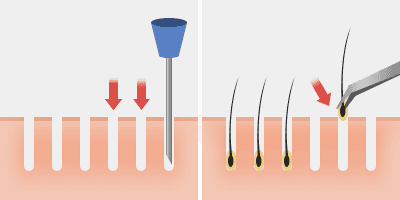
© rizmoclinic.com
Forceps refer to medical tweezers. In a slit hair transplant, these forceps are used to place hair follicles in the incisions. It's the most traditional method in hair transplantation and is considered the most precise but also the most time-consuming.
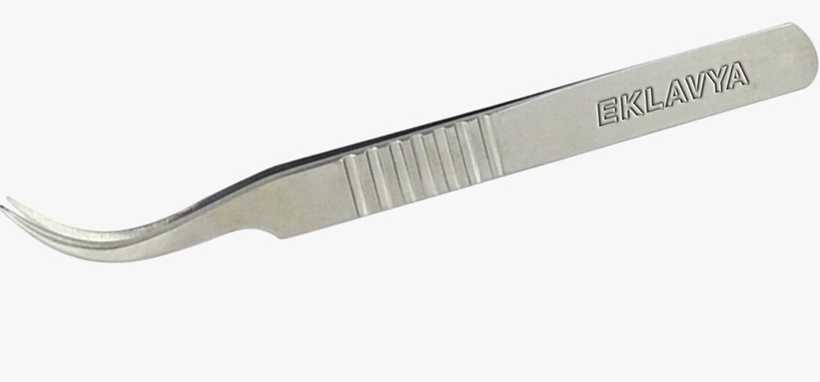
© eklavyasurgicals.com
Slit Using Hair Implanter Tools
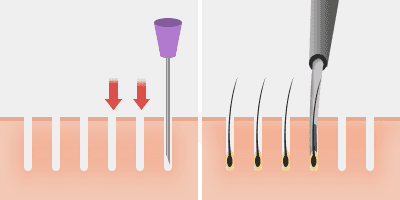
© rizmoclinic.com
The representative method for slit hair transplantation using traditional hair transplant instruments is called DNI. DNI stands for Dull Needle Implanter, which refers to the blunt needle implantation tool. With this tool, hair follicles are inserted into the incisions made in the scalp. Unlike regular hair transplant instruments, where the incisions and implantation happen simultaneously, the DNI method involves making the incisions beforehand, reducing additional trauma to the scalp while achieving a quick and precise implantation.
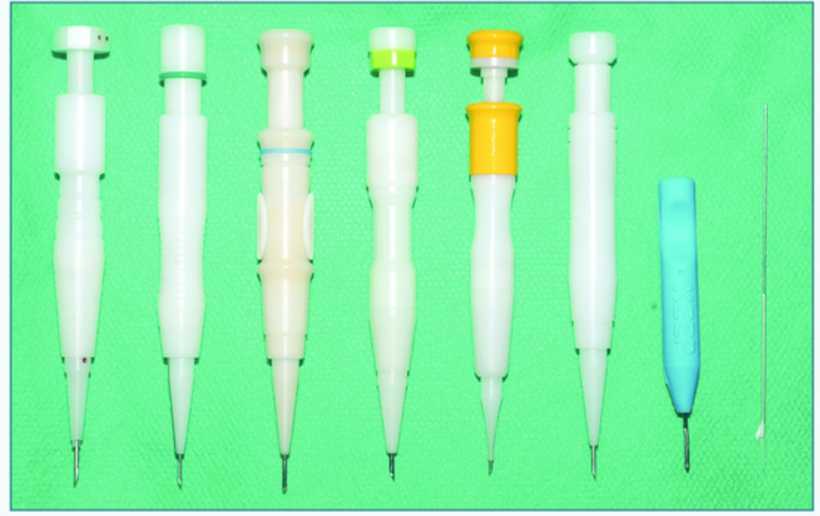
Which Technique Is Better?
Each method has its own advantages and disadvantages.
The Forceps Slit technique allows for the most intricate work, making it favorable for creating high hair density. However, it has the longest overall surgery time and requires a significant amount of labor. Moreover, there's a higher risk of damaging hair follicles during the implantation process with this method, making the skill and experience of the medical team a crucial factor for surgery success.
DNI and other slit techniques that use hair transplant implanters have the primary advantage of shorter surgery times compared to the Forceps Slit method. They also require less labor, often performed by the surgeon themselves. However, they might not be as suitable for achieving high-density transplants compared to the Forceps Slit method. There is also a higher chance of "popping" where hair follicles can stick out during implantation, similar to regular hair transplant tools. Although the risk of damaging follicles during implantation is lower than with the Forceps Slit method, there's still a possibility of damage during the attachment of hair follicles to the implantation tool.
In summary, each method has its strengths and weaknesses, and the choice between them depends on various factors including the patient's specific needs, the desired density, and the experience of the medical team performing the surgery.